Capital twice, 3 cultural layers
Few relics in Vietnam contain as many layers of historical sediment as the Imperial Citadel. This place used to be the bustling capital of Do Ban of the Cham people for many centuries. At the end of the 18th century, King Thai Duc Nguyen Nhac of the Tay Son Dynasty chose this land as the center of power, elevated Do Ban Citadel to a new capital and named it the Imperial Citadel. Researchers call the Imperial Citadel a "living museum" because it simultaneously preserves three cultural layers: Champa, Tay Son, and the Nguyen Dynasty.
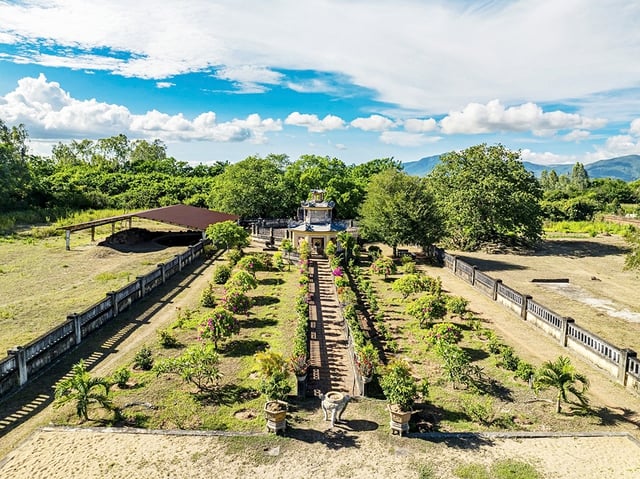
The central area of the Imperial Citadel, where 3 cultural layers are preserved: Champa, Tay Son, and Nguyen Dynasty.
PHOTO: DUNG NHAN
Through excavations, the appearance of the Imperial Citadel gradually became clear, a complex of 3 citadels (Outer Citadel, Inner Citadel and Purple Citadel), all with rectangular structures. The area is more than 364 hectares. The Inner Citadel, or Imperial Citadel, is 20 hectares wide; and the Purple Citadel (sub-citadel), the "heart" of the capital, is contained in nearly 4 hectares, but is where the supreme power converges.
The excavations discovered many unique structures such as the crescent-shaped lake, the Bodhi leaf-shaped lake, the Octagonal Palace foundation, the Quyen Bong Palace of the Tay Son Dynasty, the foundation of Chieu Trung Temple of the Nguyen Dynasty... In particular, in Tu Thanh, there are still traces of the Tay Son-era rockery made of stone, 3 large blocks rising high as pillars, on both sides are ancient fig and banyan trees, symbolizing longevity and prosperity. At the same time, the Nam Giao altar was also excavated, and traces of the foundation and surrounding walls were discovered, contributing to affirming the solemn scale of an ancient capital.
Priceless relics
Not only the towering Canh Tien tower or the moss-covered ramparts, Hoang De citadel is also a "treasure trove" with many rare relics, including national treasures. Notably, the pair of Champa stone lions from the 11th - 12th centuries, recognized as national treasures in 2024. Found near Canh Tien tower, now on display at Gia Lai Museum, the pair of statues are considered the pinnacle of Champa sculpture. Around Vo Tanh tomb, there are still 3 other stone lion statues, contributing to creating a lively, mysterious complex, reminiscent of a glorious Champa dynasty.
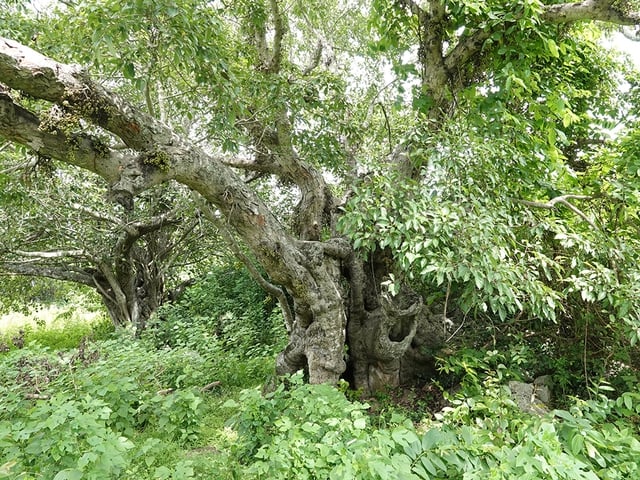
Traces of rockery in the Imperial Citadel
PHOTO: HOANG TRONG
The pair of stone elephants of Do Ban citadel stand majestically in front of the Citadel gate, like "divine beasts" guarding the ancient capital. These two Champa sculptures from the 12th and 13th centuries were recognized as national treasures in 2023. With their massive size and strong lines, these are the largest pair of elephant statues ever discovered in Champa sculpture, exuding the majesty and royalty of a glorious era.
If the stone elephants evoke the majesty of the ancient capital, the pair of Dharma protector statues currently located at Nhan Son Pagoda (dating from the 12th - 13th centuries, recognized as a national treasure since 2019) bring a sacred, mysterious nuance, reflecting the depth of Champa beliefs. In folklore, the two statues are affectionately called "Mr. Red - Mr. Black". French archaeologist Henri Parmentier once commented that this is a typical work of classical Champa sculpture, which was once present and worshiped in the ancient Do Ban temple complex.
Conservation requires a long-term vision
In 1982, the Imperial Citadel was ranked as a national monument. By 2022, Binh Dinh (now merged into Gia Lai province) had set up boundary markers to protect the relic and approved a number of projects such as building a temple to worship King Thai Duc Nguyen Nhac, restoring the Nam Giao altar, and beautifying the landscape... Mr. Bui Tinh, Director of Gia Lai Provincial Museum (the unit managing the Imperial Citadel), said that the project to build a temple to worship King Thai Duc Nguyen Nhac had completed all procedures, designs, and selected a location and had been approved by the Ministry of Culture, Sports and Tourism, and was waiting for funding to implement.
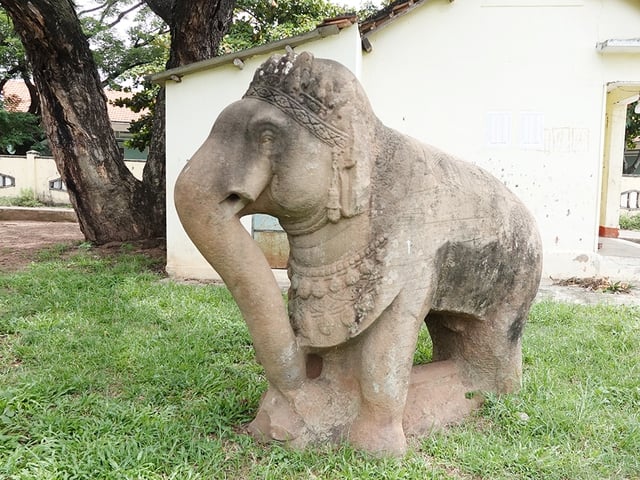
Statue of female elephant at Do Ban citadel
PHOTO: HOANG TRONG
According to researcher Nguyen Thanh Quang (Gia Lai Province Historical Science Association), the complexity of the citadel, with its overlapping cultural layers, has led to different opinions from historians and archaeologists about the scale and structure of the Imperial Citadel. The foundations believed to be the old palace or the harem of the Tay Son Dynasty are still in doubt because there is not enough convincing scientific evidence. Even the scale and structure of the Tu Thanh and the Inner Citadel still have different opinions. Therefore, the restoration has only stopped at some sections of the southern, eastern and western walls of the Tu Thanh. Visitors coming here still find it difficult to clearly feel the shape of an ancient royal architecture.
Mr. Quang believes that a large-scale scientific conference is needed, gathering experts in history, archaeology, and architecture to provide long-term direction. Archaeological excavations must have a dual goal: scientific research and heritage restoration, avoiding imposing or assigning history. Only when there is a solid foundation can the Imperial Citadel be truly "awakened".
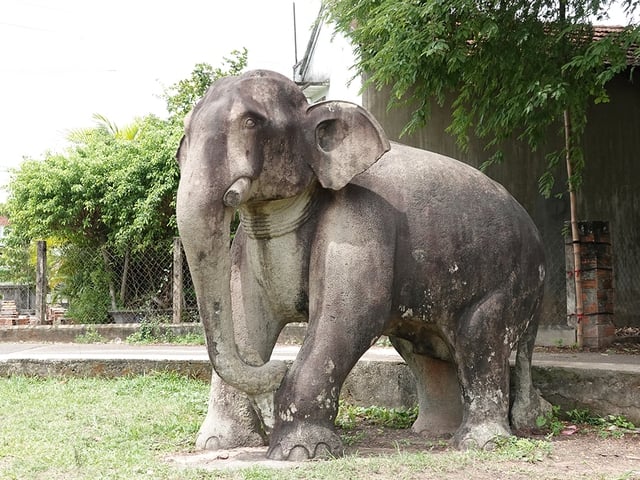
Male elephant statue at Do Ban citadel
PHOTO: HOANG TRONG
Associate Professor Dr. Phan Ngoc Huyen (Hanoi National University of Education) said that conservation must be linked to tourism development. An Nhon has many craft villages, if the Emperor citadel is connected with Canh Tien tower, Nhan Son pagoda, Vo Tanh tomb..., it will create an attractive cultural - historical - craft village tourism route. But not only that, this place needs a modern introduction center, 3D models, multilingual explanation system, space to recreate Champa festivals, Tay Son rituals... And importantly, the local community must participate from being tour guides to tourism services, to be attached to the relic and benefit from it.
The Imperial Citadel is not just a silent ruin, but a historical and cultural "gold mine", converging the imprints of Champa, Tay Son and Nguyen dynasties. If there is a persistent and synchronous strategy, this place can completely become a unique archaeological and cultural tourism center of the Central region, where each stone slab and each statue lives with today's life.
Source: https://thanhnien.vn/lam-sao-danh-thuc-thanh-hoang-de-185251024221539987.htm



![[Photo] Urgently help people soon have a place to live and stabilize their lives](/_next/image?url=https%3A%2F%2Fvphoto.vietnam.vn%2Fthumb%2F1200x675%2Fvietnam%2Fresource%2FIMAGE%2F2025%2F12%2F09%2F1765248230297_c-jpg.webp&w=3840&q=75)




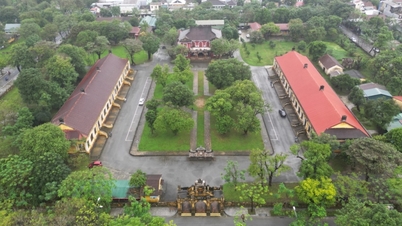

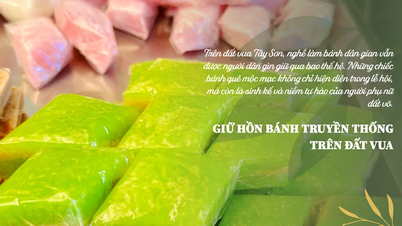




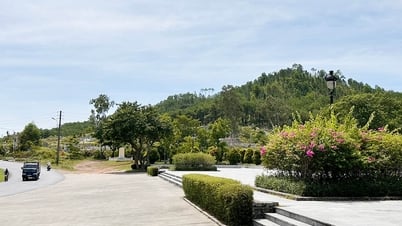
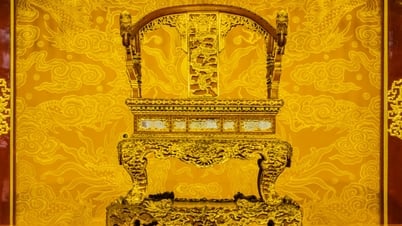


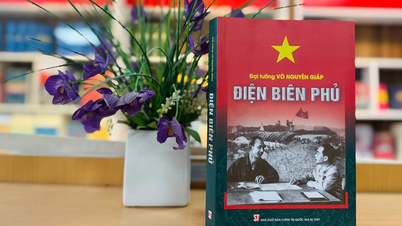



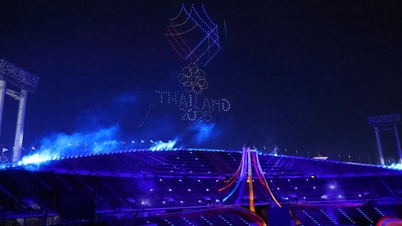













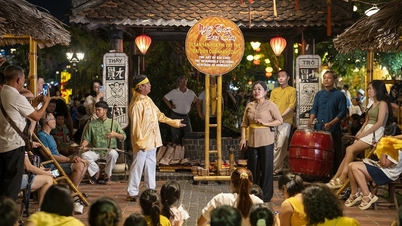

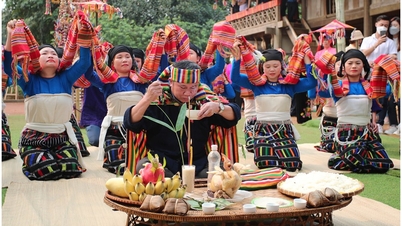


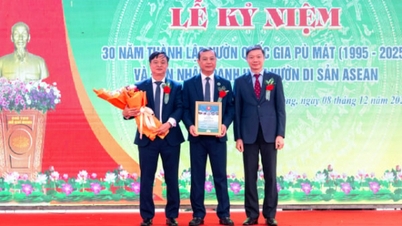


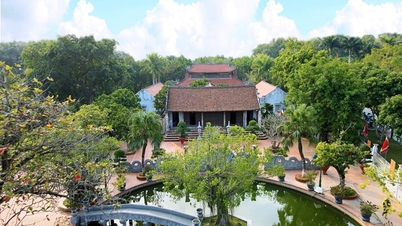
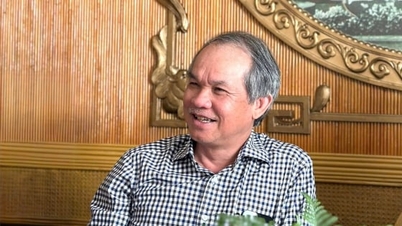




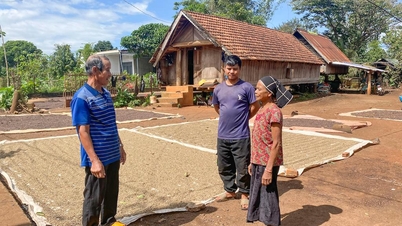



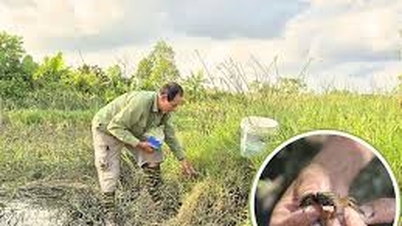






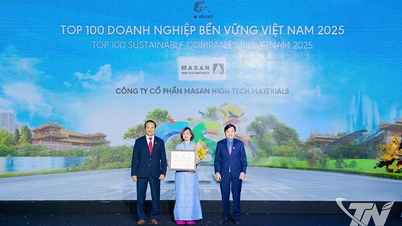


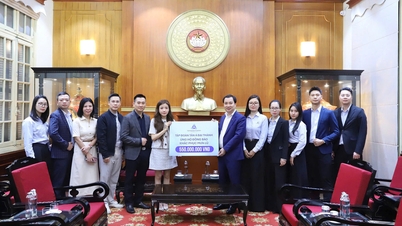







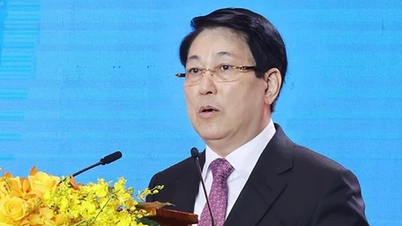



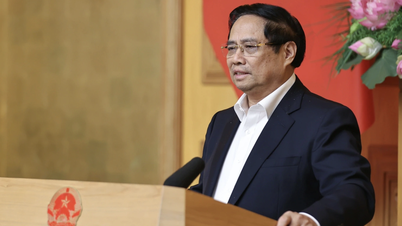

![[Photo] General Secretary To Lam works with the Standing Committees of the 14th Party Congress Subcommittees](https://vphoto.vietnam.vn/thumb/402x226/vietnam/resource/IMAGE/2025/12/09/1765265023554_image.jpeg)
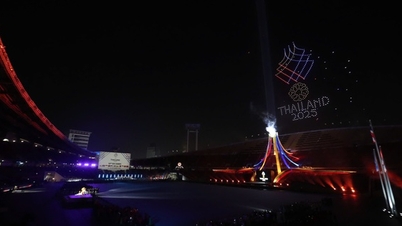






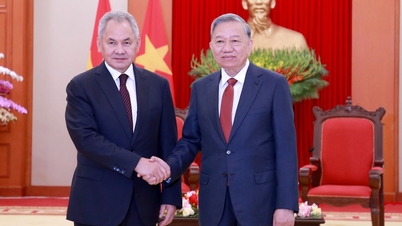

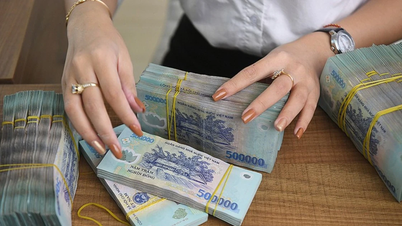


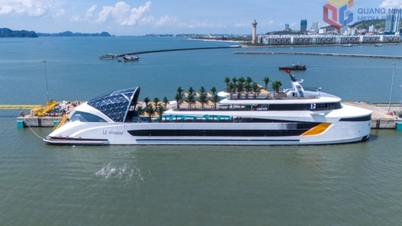
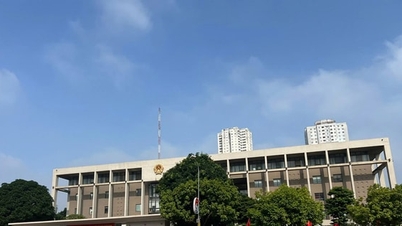


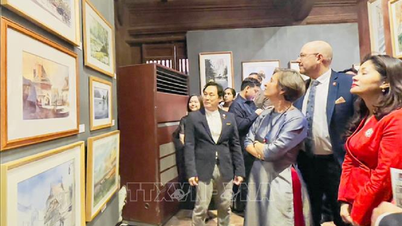










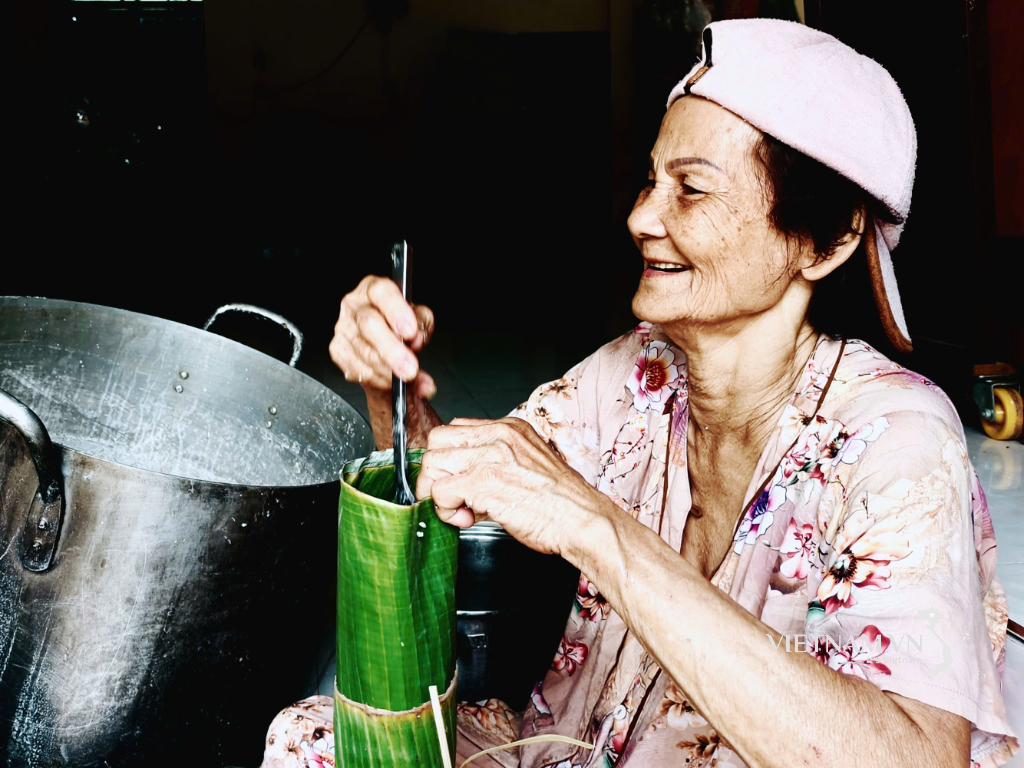

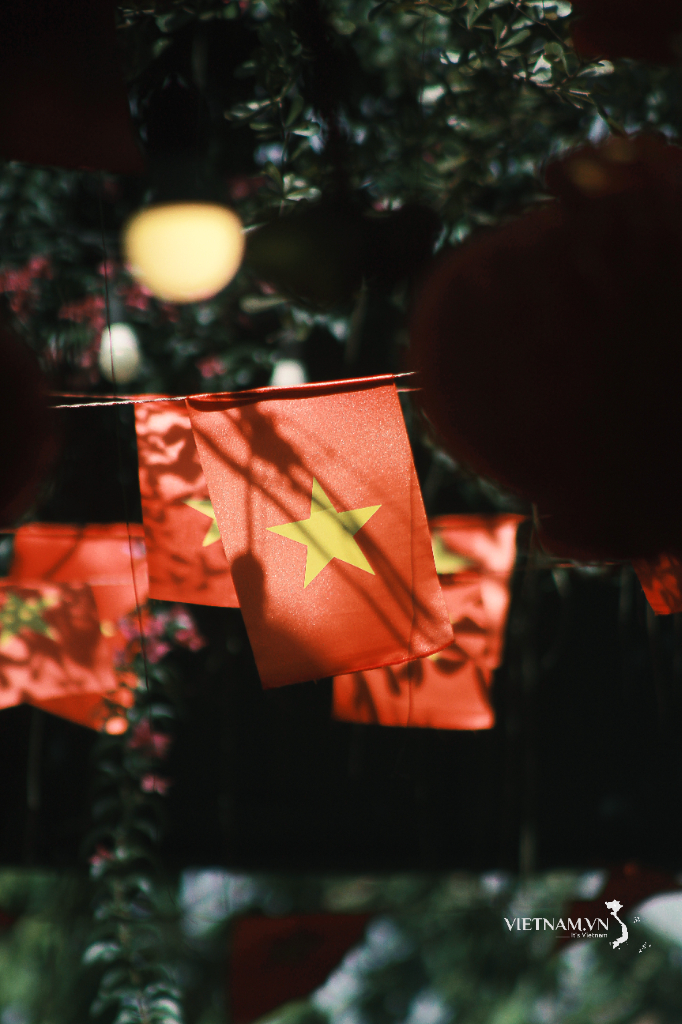




Comment (0)